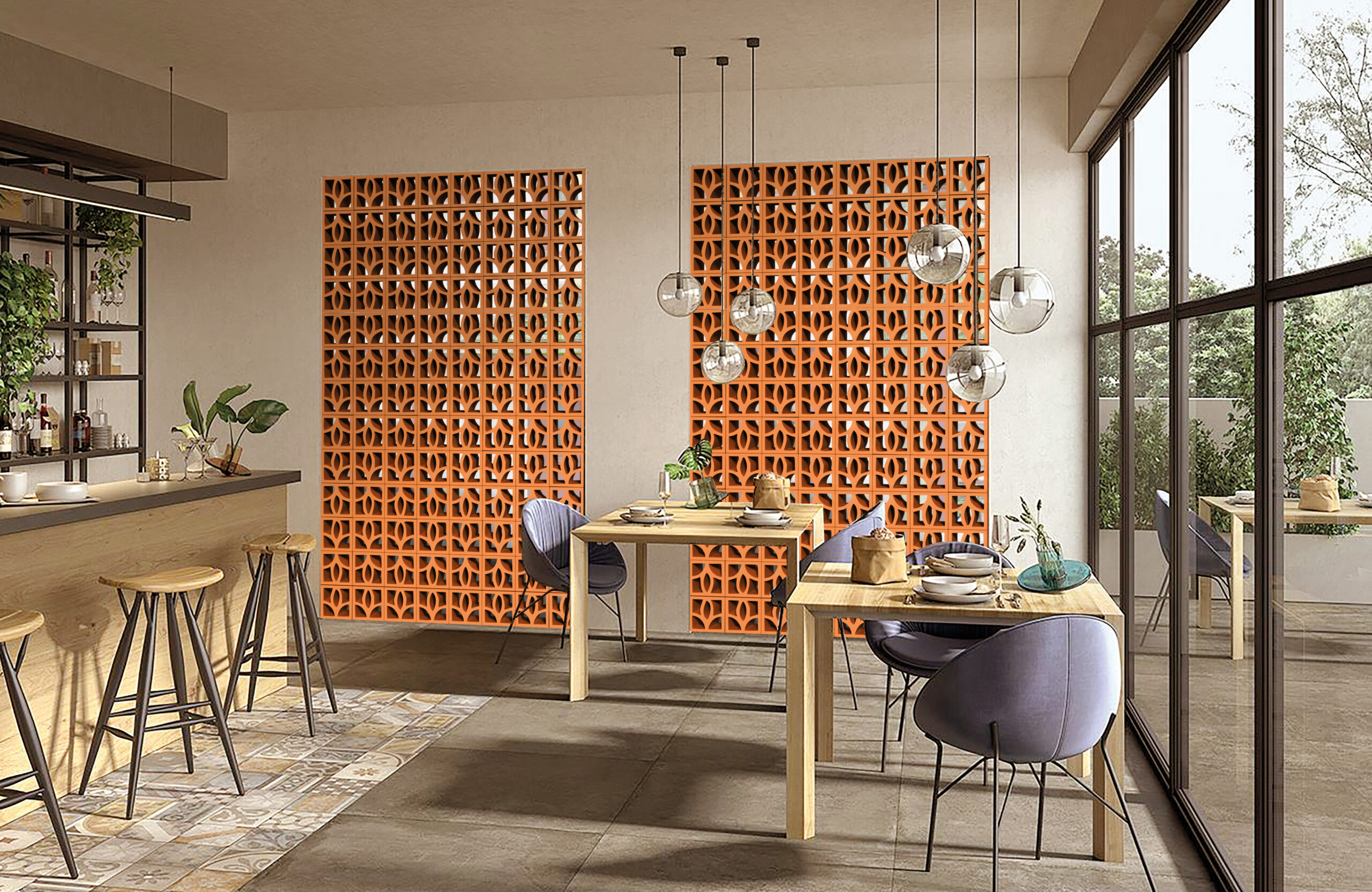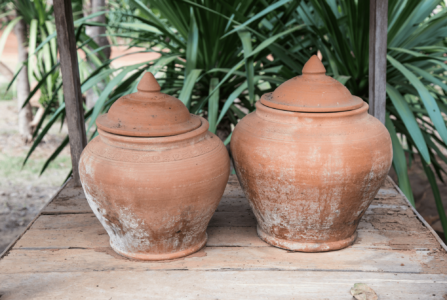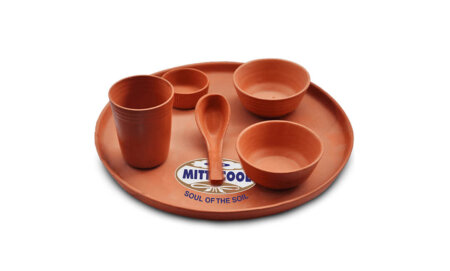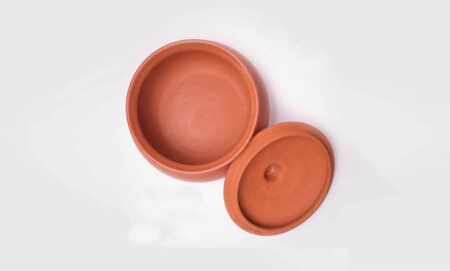Harnessing Earth’s Elements: The Beauty of Clay Construction
In the realm of sustainable architecture, clay construction stands as a testament to the harmonious relationship between humanity and nature. Rooted in ancient traditions yet adapted to modern needs, this age-old method of building with earth holds unparalleled benefits for both the environment and the inhabitants. Let’s delve deeper into the captivating world of clay construction and uncover its many virtues.
Embracing Sustainability: Clay as a Building Material
At its core, clay construction embodies the ethos of sustainability. Unlike conventional building materials that require extensive processing and contribute to environmental degradation, clay is abundant, renewable, and naturally sourced from the earth. By opting for clay, we minimize our ecological footprint and pave the way for a more regenerative approach to construction.
Thermal Comfort and Energy Efficiency
One of the most compelling advantages of clay construction lies in its exceptional thermal properties. Clay possesses a high thermal mass, meaning it can absorb, store, and release heat gradually. This innate ability regulates indoor temperatures, keeping spaces cooler in the scorching heat and warmer during chilly nights. As a result, clay buildings require less energy for heating and cooling, leading to substantial cost savings and reduced reliance on fossil fuels.
Health and Well-being: A Natural Sanctuary
Beyond its environmental benefits, clay construction nurtures the well-being of occupants. Unlike synthetic materials laden with toxins, clay is inert and hypoallergenic, fostering a healthy indoor environment free from harmful chemicals. Moreover, clay’s porous nature allows for optimal moisture regulation, preventing mold growth and maintaining air quality. This innate ability to create spaces that promote health and vitality underscores the enduring appeal of clay construction.
Aesthetic Appeal: Timeless Elegance in Every Detail
In addition to its practical advantages, clay construction captivates with its timeless beauty. From rustic earthen dwellings to contemporary clay-clad structures, this versatile material lends itself to a myriad of architectural styles. The rich textures, earthy tones, and organic forms of clay evoke a sense of warmth and serenity, forging a deep connection between inhabitants and their surroundings. In a world craving authenticity and connection, clay construction offers a sanctuary where nature and design converge in perfect harmony.
Conclusion
In conclusion, clay construction stands as a beacon of sustainability, health, and aesthetic excellence in the realm of architecture. By embracing the timeless wisdom of building with earth, we not only honor our ancestral heritage but also lay the foundation for a more resilient and vibrant future.










